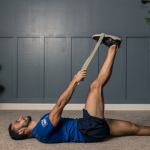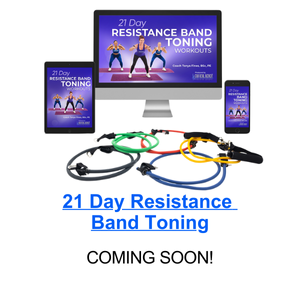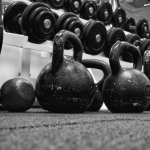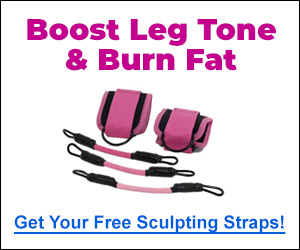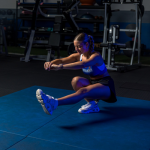Are you on a mission to sculpt a stronger, more shapely posterior?
Look no further than the hip thrust, a powerhouse exercise that’s been making waves in the fitness world for its unparalleled ability to target and grow your glute muscles.
In this article, we’ll explore why the hip thrust is considered the ultimate glute-building exercise and how to incorporate it into your fitness routine to achieve the well-defined derrière of your dreams!
The Hip Thrust: A Glute-Building Game Changer
The hip thrust is a compound exercise designed to isolate and strengthen the gluteal muscles, with a primary focus on the gluteus maximus, the largest muscle in your buttocks.
While squats and lunges are effective for overall lower body development, the hip thrust takes glute training to a whole new level.
Here’s why the hip thrust is considered a game changer for glute growth:
Targeted Activation
The hip thrust is specifically designed to activate the glutes. When performed correctly, it minimizes the involvement of other muscle groups, ensuring that your glutes bear the brunt of the work. This targeted activation is essential for maximizing muscle growth in the posterior region.
Progressive Overload
Effective muscle growth hinges on the principle of progressive overload. With the hip thrust, it’s easy to progressively increase the resistance, whether by adding weights, resistance bands, or using a barbell. This versatility allows you to continually challenge your glutes and drive muscle growth over time.
Minimized Lower Back Strain
Unlike some lower body exercises that can strain the lower back, the hip thrust minimizes this risk. By supporting your upper back and shoulders on a bench or stable surface, your lower back remains in a safe and comfortable position throughout the movement.
Glute Activation Without Squatting
For individuals with mobility issues or knee problems that prevent deep squatting, the hip thrust provides an excellent alternative. It allows you to target and activate your glutes without placing excessive stress on your knees or lower back.
Proven Results
Countless fitness enthusiasts and athletes have incorporated hip thrusts into their routines and experienced significant gains in glute size and strength. This exercise has garnered widespread recognition for its ability to deliver real results.

How to Perform the Hip Thrust
Now that you understand the benefits of the hip thrust, let’s dive into the proper technique to unlock your glutes:
Equipment You’ll Need:
- A bench or a stable surface
- A barbell, dumbbell, or resistance bands (optional)
Setup:
- Begin by sitting on the floor with your upper back against the bench.
- Roll a barbell or place a dumbbell on your hips if you’re using added resistance.
- Position your feet flat on the ground, spaced hip-width apart, and keep your knees bent.
Positioning:
- Roll the barbell or dumbbell onto your hips and ensure it’s secured in place.
- Engage your core to ensure stability during the exercise.
Execution:
- Press through your heels and lift your hips off the ground until your body forms a straight line from your shoulders to your knees.
- Your shins should be vertical, and your knees should be in line with your feet.
Squeeze:
- At the top of the movement, squeeze your glutes as hard as possible.
- This is the point of peak contraction for your glute muscles.
Lowering:
- Lower your hips back down until they are just above the ground without touching it.
- Avoid collapsing your lower back; maintain tension in your glutes and hamstrings.
Repetition:
- Complete the desired number of repetitions, usually between 8 to 12 for muscle hypertrophy (growth).

Tips for Success
Maintain a controlled tempo throughout the exercise. Avoid using momentum to lift the weight.
Focus on squeezing your glutes at the top of the movement to maximize muscle activation.
Keep your feet hip-width apart and your knees in line with your feet to prevent any potential knee discomfort.
Incorporating Hip Thrusts into Your Routine
To make the most of the hip thrust, consider these strategies:
Frequency: Include hip thrusts in your lower body or glute-focused workouts at least once or twice a week.
Progressive Overload: Gradually increase the resistance over time to continually challenge your glutes. You can use heavier weights, add resistance bands, or increase the number of sets and reps.
Variation: Experiment with different variations of the hip thrust, such as single-leg hip thrusts or banded hip thrusts, to target your glutes from various angles.
Warm-Up: Prior to performing hip thrusts, warm up your glutes and hip flexors with dynamic stretches and activation exercises.
Proper Form: Ensure your form is correct to prevent injury and maximize results. Consider seeking guidance from a fitness professional if you’re unsure.
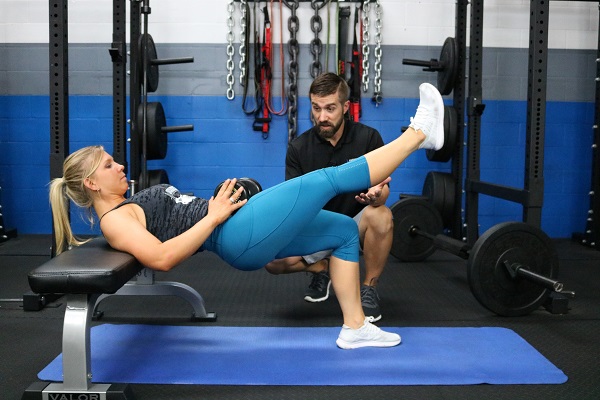
Wrap-Up and Key Points
The hip thrust is undoubtedly the secret weapon in your quest for stronger, shapelier glute muscles.
By incorporating this exercise into your fitness routine and following proper form and progression strategies, you’ll be well on your way to unlocking the full potential of your glutes.
Say goodbye to saggy glutes and hello to a sculpted derrière that turns heads at the gym and beyond.
Embrace the hip thrust and witness the transformative power it can have on your gluteal gains.



















